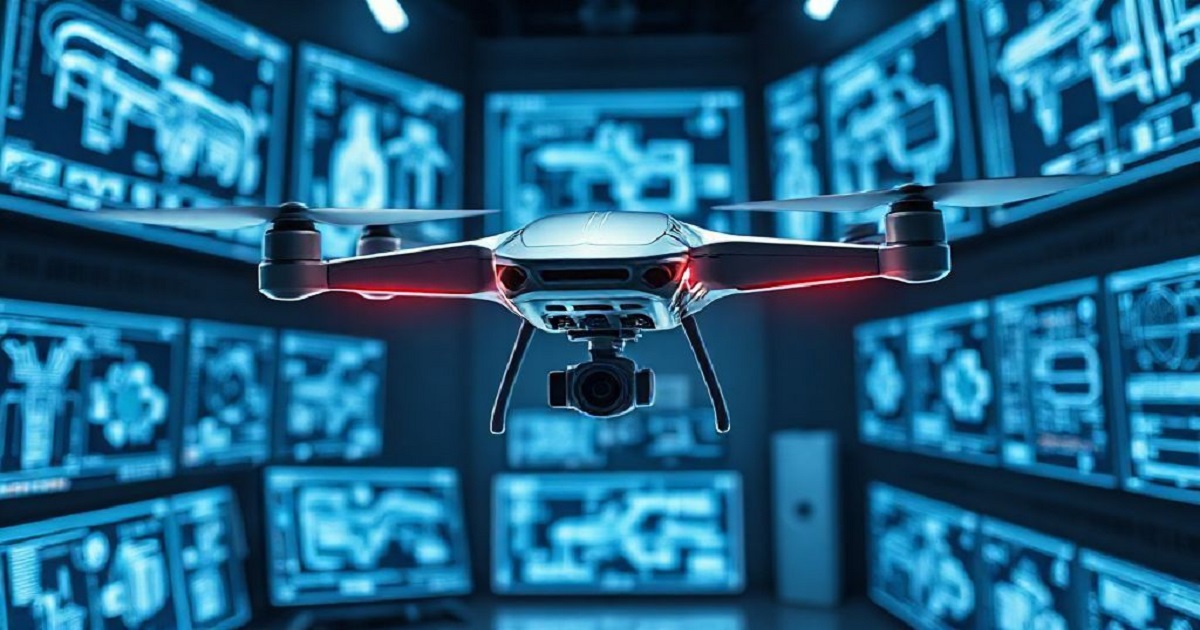Editorial Board Members’ Collection Series: Drone Design
A topical collection in Designs (ISSN 2411-9660). This collection belongs to the section "Vehicle Engineering Design".
Viewed by 10970
Editors
Interests: simulation; verification; decision-making and intelligent control of unmanned aerial vehicles
Special Issues, Collections and Topics in MDPI journals
Interests: big data; machine learning; security and privacy protection; artificial intelligence security; privacy computing; deep learning
Special Issues, Collections and Topics in MDPI journals
Interests: aerodynamic; aeroelasticity; aeroservoelasticity; vibration; modeling and control technologies for deformable wings; active flight control
Special Issues, Collections and Topics in MDPI journals
Topical Collection Information
Dear Colleagues,
Unmanned aerial vehicles (UAVs), commonly known as drones, have rapidly evolved over the past decade. Initially developed for various applications, their use has expanded significantly into sectors including agriculture, logistics, surveillance, and entertainment. This growth reflects the increasing interest in leveraging drone technology to enhance operational efficiency and reduce costs.
The technological advancement of drones has been remarkable, yet several challenges remain. Key areas needing further development include improving battery life, enhancing autonomous navigation capabilities, and ensuring regulatory compliance. Additionally, addressing issues such as data security and the integration of drones into existing airspace systems is crucial for their widespread adoption. Researchers and designers are encouraged to explore innovative solutions to these complex problems.
This Topical Collection aims to provide a platform for researchers, practitioners, and industry leaders to share their insights and advancements in drone design. We invite contributions that explore new design methodologies, technological innovations, and case studies that demonstrate the practical applications of drone technology.
Dr. Jinchao Chen
Dr. Jun Feng
Prof. Dr. Ruxandra Botez
Collection Editors
Manuscript Submission Information
Manuscripts should be submitted online at www.mdpi.com by registering and logging in to this website. Once you are registered, click here to go to the submission form. Manuscripts can be submitted until the deadline. All submissions that pass pre-check are peer-reviewed. Accepted papers will be published continuously in the journal (as soon as accepted) and will be listed together on the collection website. Research articles, review articles as well as short communications are invited. For planned papers, a title and short abstract (about 250 words) can be sent to the Editorial Office for assessment.
Submitted manuscripts should not have been published previously, nor be under consideration for publication elsewhere (except conference proceedings papers). All manuscripts are thoroughly refereed through a single-blind peer-review process. A guide for authors and other relevant information for submission of manuscripts is available on the Instructions for Authors page. Designs is an international peer-reviewed open access semimonthly journal published by MDPI.
Please visit the Instructions for Authors page before submitting a manuscript. The Article Processing Charge (APC) for publication in this open access journal is 1600 CHF (Swiss Francs). Submitted papers should be well formatted and use good English. Authors may use MDPI's English editing service prior to publication or during author revisions.
Keywords
- unmanned aerial vehicles
- drone technology
- autonomous navigation
- design methodologies
- industry applications











